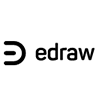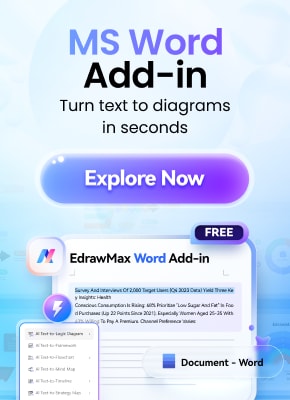Managing product risks is essential for the long-term success of a product. This involves identifying and assessing various types of risks, developing a mitigation plan, and regularly monitoring and updating strategies. Effective risk management not only protects consumer safety but also enhances brand reputation and reduces costs for businesses. In this article, you will learn everything you need to know about product risk.
In this article
Part 1. Some Common Types of Product Risk
Products, regardless of their nature, can be exposed to various types of risks. Here are a few common ones:
1. Compliance Risks: In the ever-evolving landscape of laws and regulations, compliance risks arise when a product fails to adhere to legal requirements, industry standards, or safety regulations.
2. Manufacturing Risks: Manufacturing risks encompass a range of factors, such as equipment failures, supply chain disruptions, or errors during the production process.
3. Market Risks: Market risks emerge from changes in consumer preferences, competitor actions, or economic fluctuations.
Part 2. The Significance of Product Risk Management
Product risk management plays a crucial role in ensuring the long-term success of a product. Here are a few reasons highlighting its significance:
1. Protecting Consumer Safety
Effective product risk analysis measures help safeguard consumers from potential harm caused by faulty products.
2. Enhancing Brand Reputation
Proactive management of product risks contributes to building a strong brand image. Brands that prioritize risk management earn the trust and loyalty of customers.
3. Cost Reduction and Efficiency
By identifying risks early on, businesses can minimize potential losses, reduce recall expenses, and avoid lengthy legal battles.
Part 3. Some Useful Tips for Product Risk Management
To successfully manage product risk, companies can follow a structured approach. Here are four essential steps:
1. Identify and Assess Risks
Thoroughly analyze the product, production process, and market to identify potential risks. Engage experts and relevant stakeholders to gain different perspectives and accurately assess the severity and likelihood of each risk.
2. Develop a Risk Mitigation Plan
Design a comprehensive plan to tackle identified product risk. This plan should include preventive measures to minimize the occurrence of risks, as well as contingency plans to handle unforeseen events.
3. Monitor, Review and Update
Regularly monitor and evaluate the effectiveness of risk mitigation strategies. Implement a robust feedback mechanism to capture any emerging risks or changes in the market.
4. Communicate and Educate
Effective communication is key to product risk management. Internal communication within the organization ensures that all employees are aware of the risks and understand their roles in risk mitigation
Part4. Tools to Make a Product Risk Management Diagram
There are tools available out there for creating risk management diagrams. These tools make it easier to create this type of diagram. They are user-friendly and have many advanced features. Discussed here are some of the best tools for the purpose:
1. Wondershare EdrawMax
Wondershare EdrawMax is a flexible tool for creating diagrams that come with a variety of risk management templates and symbols. It enables users to quickly generate risk management diagrams with a professional appearance, such as risk assessment matrices and risk control charts. The tool is appropriate for both novice and professional users. Here are the steps to create a product risk management chart using the tool:
Step 1: Launch and open a new document
Launch Wondershare EdrawMax on your computer and open a new blank document.
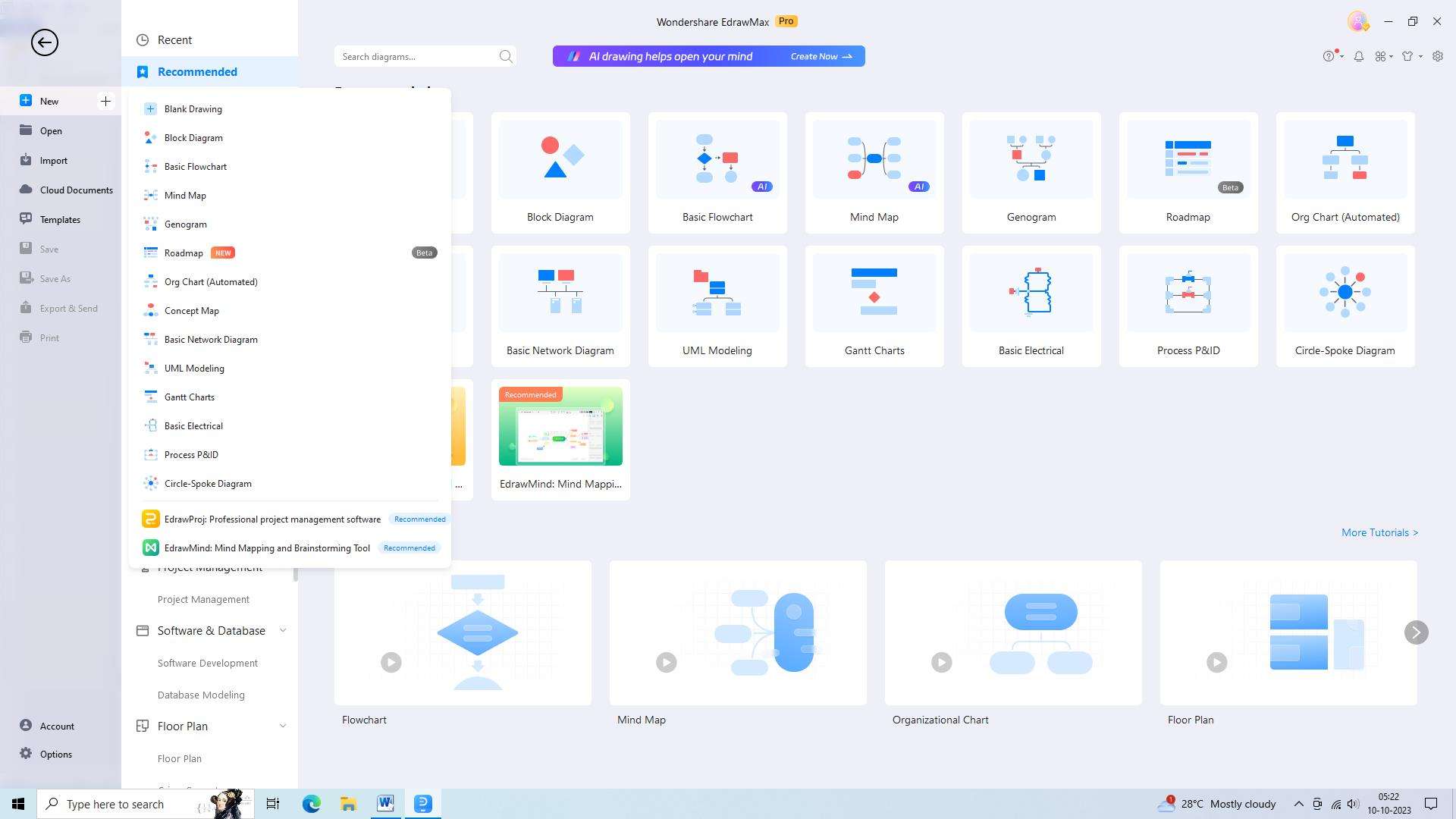
Step 2: Select a template
Select a suitable risk management template from the available options.
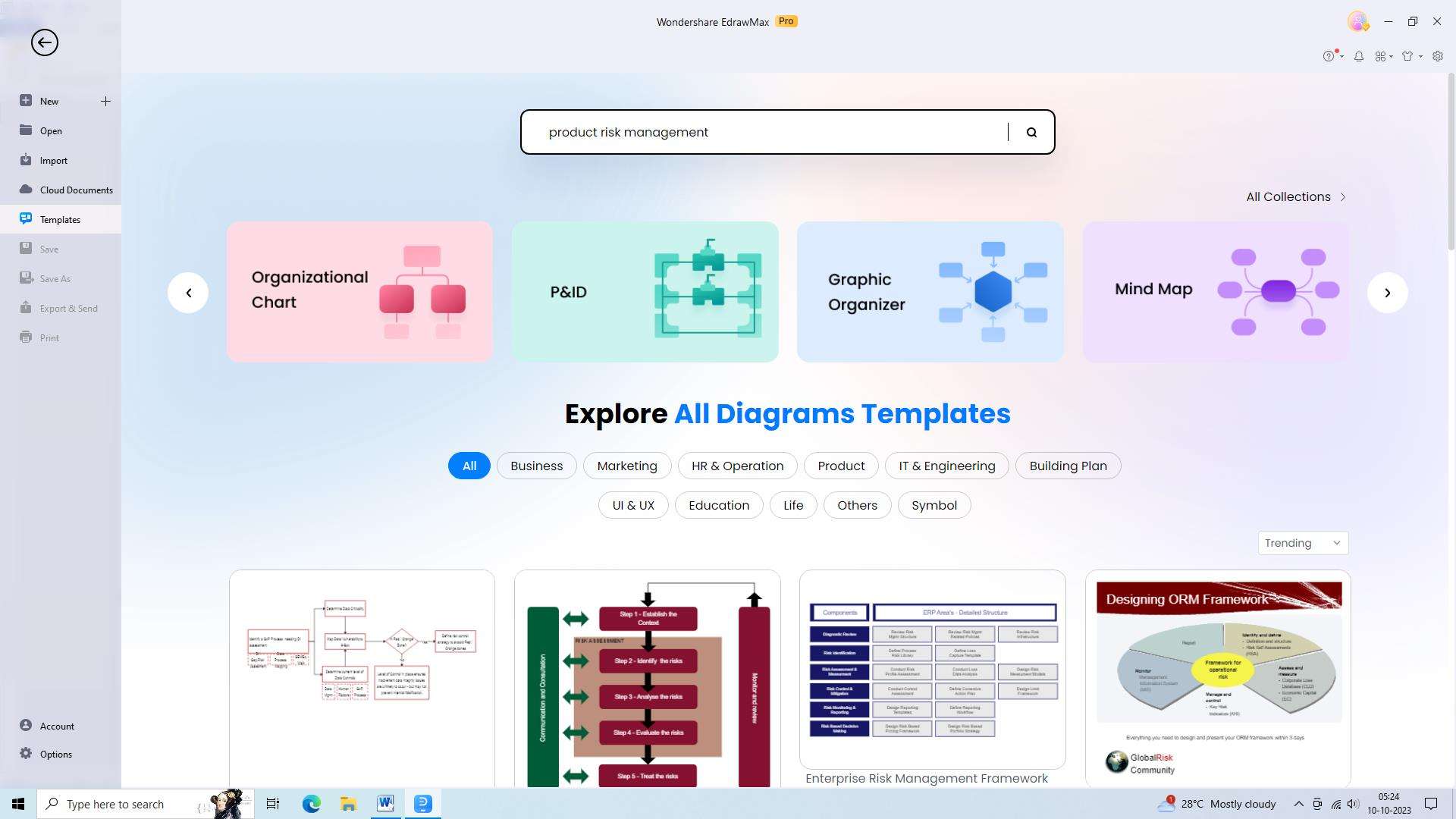
Step 3: Use shapes and symbols
Use the various shapes and symbols provided in the software's library to represent different aspects of risk management, such as risks, stakeholders, mitigation strategies, consequences, and so on.

Step 4: Customize shapes
Customize the shapes by adding text, changing colors, or adjusting their sizes to fit your requirements. You can also add connectors or arrows to indicate relationships or dependencies between different elements.

Step 5: Enhance visual appeal
Use the formatting options available in the software to enhance the visual appeal of your risk management diagram. You can change the background color, font styles, line styles, etc., to make the diagram more engaging.
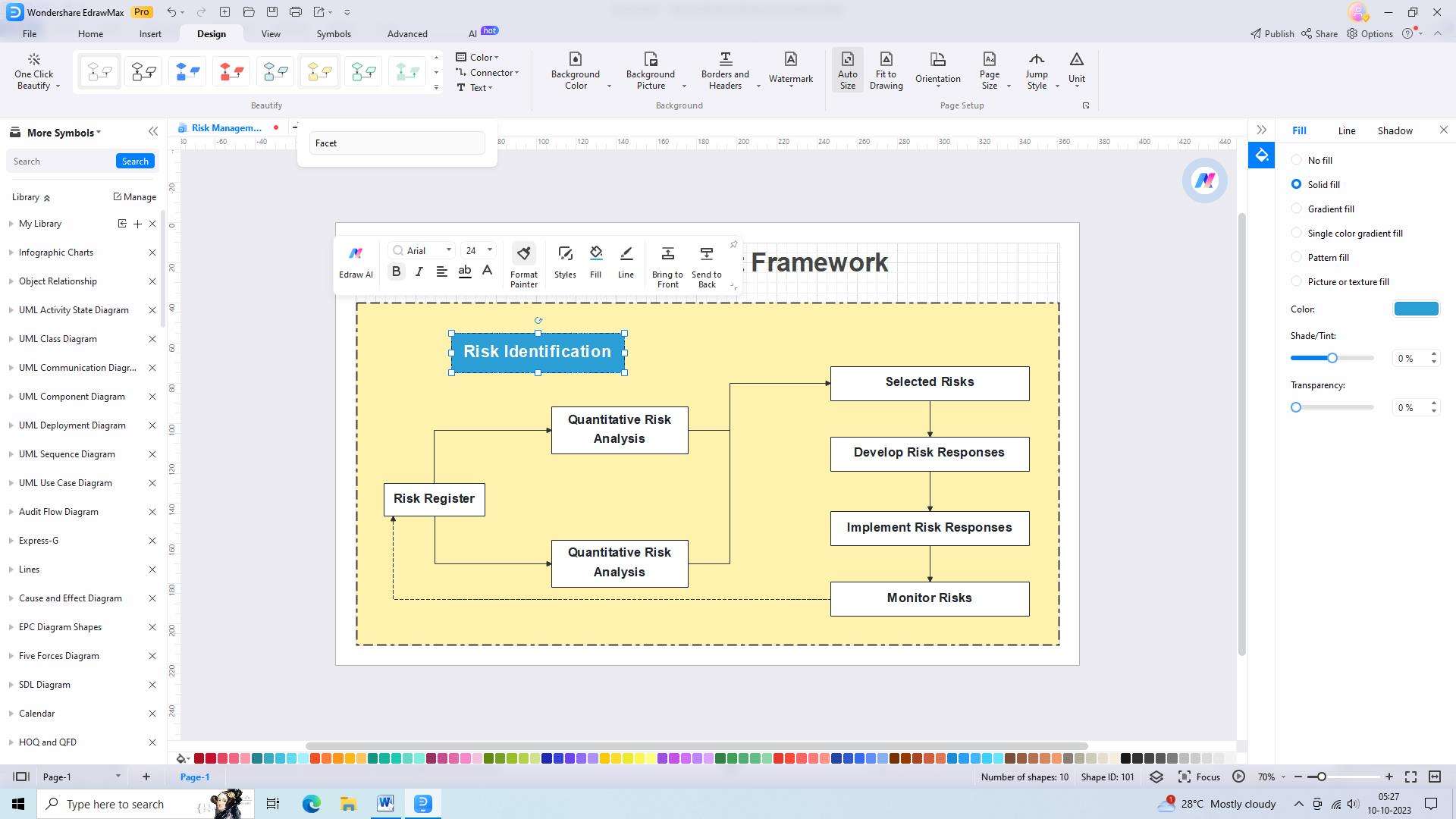
Step 6: Add labels or captions
Add labels or captions to explain each element in the diagram and provide additional information or context.

Step 7: Save and export diagram
Once you are satisfied with the layout and design of your product risk management diagram, save your work and export it in a desired format for sharing or further editing.
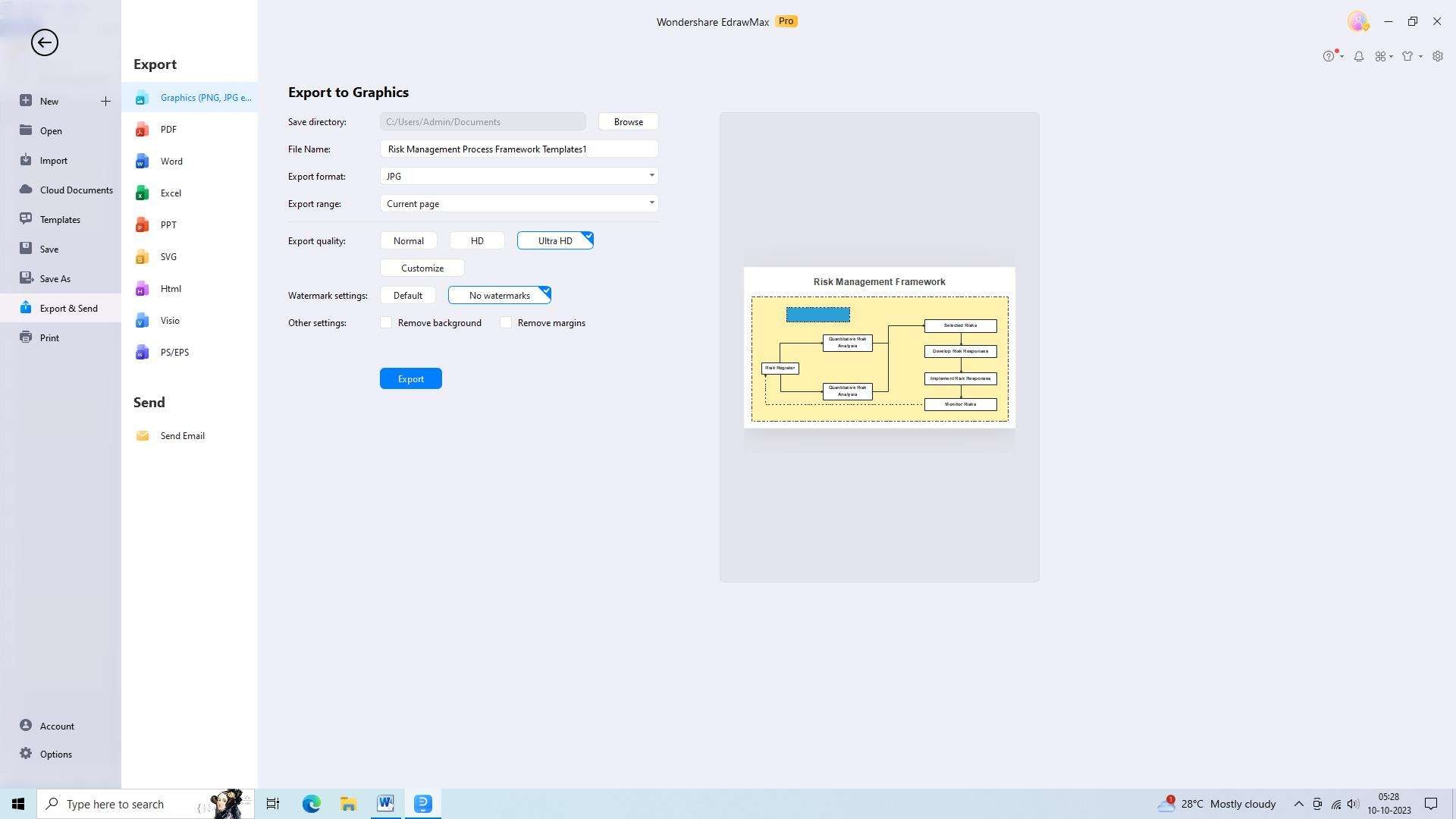
2. Lucidchart
Lucidchart is a cloud-based application for diagramming that includes a number of capabilities for making risk management diagrams. It has a user-friendly interface, drag-and-drop capabilities, and a sizable shape and icon library.

Features:
- Risk analysis tools like decision trees and fault trees for comprehensive risk assessment.
- Version control to track changes and revert to earlier diagram versions.
- Automatic creation of risk management diagrams from input data for time-saving.
Pros:
- Interactive simulations within risk management diagrams for stakeholders to visualize risk scenarios.
- Analytics capabilities for data-driven risk management decisions.
- Strong security measures and compliance with industry standards.
Cons:
- Limited offline access and dependence on internet availability.
- Difficulty in managing extensive risk management diagrams, affecting performance.
3. Miro
Risk management diagrams may be made using Miro, a collaborative online whiteboard tool. There are many different templates available on the tool. Teams can successfully visualize and manage risks using Miro's user-friendly design and real-time collaboration tools.
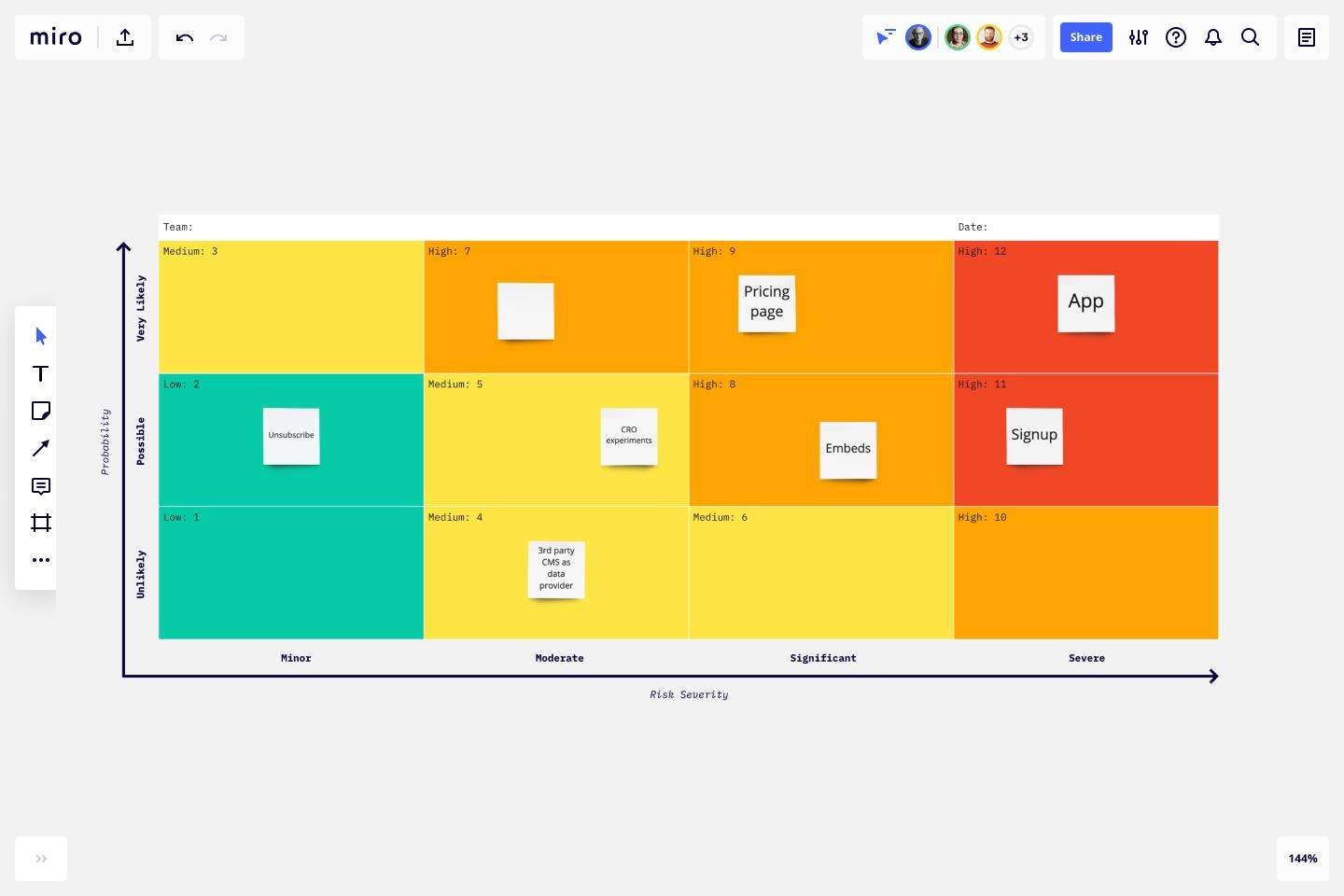
Features:
- Integration with agile project management systems like Jira and Trello.
- Mind mapping capabilities for organized risk identification.
- User-friendly layout and collaboration features for remote teams.
Pros:
- Stakeholders can rank and vote on risks within the diagram for decision-making.
- Interactive prototypes within risk management diagrams for better understanding.
- Integration with design tools like Figma and Sketch for designers.
Cons:
- Constraints in exporting diagrams for sharing with non-Miro users.
- Challenges in syncing data and workflows with other tools.
Conclusion
Product risk management is a critical aspect of any business. By prioritizing consumer safety, enhancing brand reputation, and reducing costs, companies can ensure the success and longevity of their products. By following a structured approach and engaging relevant stakeholders, businesses can effectively manage and mitigate product risks.
